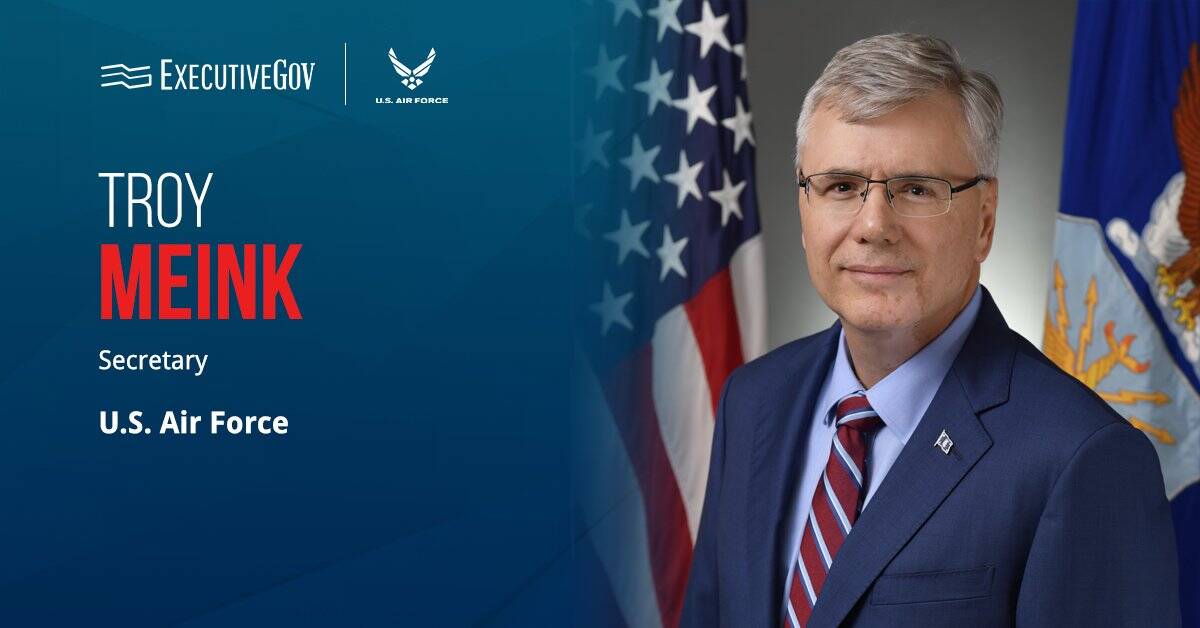
The U.S. Air Force has named its newest Sikorsky-made rescue helicopter after the model's Vietnam-era predecessor.
The HH-60W, now named Jolly Green II, succeeds the HH-3E Jolly Green helicopter that performed rescue operations during the Vietnam war, USAF said Thursday. The new helicopter would replace the existing HH-60G Pave Hawk.
Barbara Barrett, USAF secretary, announced the new helicopter's name at the Air Force Association's 2020 Air Warfare Symposium the same day.
"Reviving the Jolly Green name honors our combat search and rescue crews past and present," the secretary said. She also honored retired Chief Master Sgt. Wayne Fisk and Col. Barry Kamhoot who served during the Jolly Green crews' search and rescue mission.
USAF intends to buy a maximum of 108 Jolly Green II units. Moody Air Force Base and Kirtland AFB will receive the first Jolly Green II helicopters for fielding.





